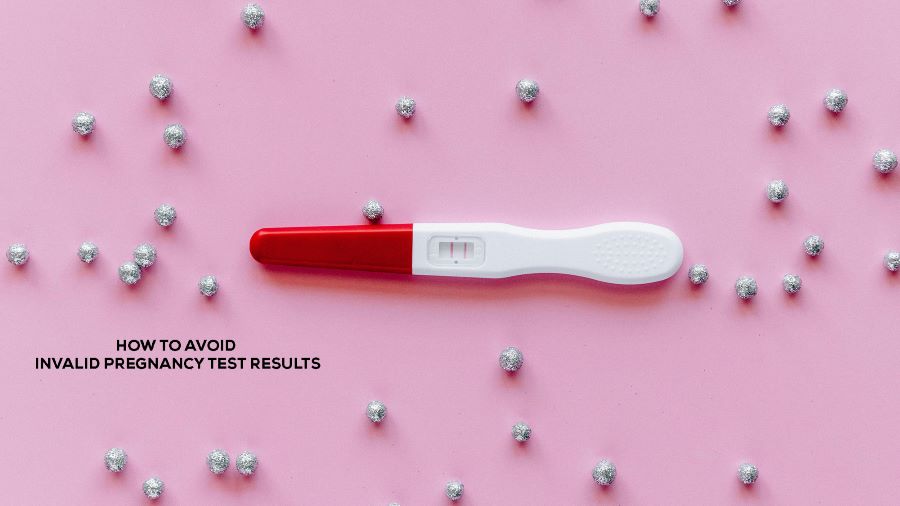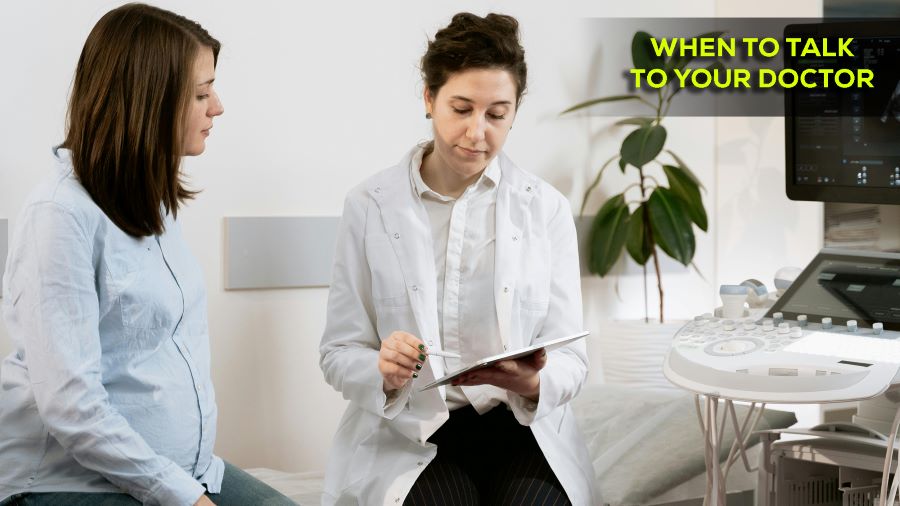Getting an invalid pregnancy test result can leave you feeling lost, frustrated, and full of unanswered questions. I still remember standing in the bathroom, heart pounding, hands shaking, staring down at the little plastic stick. I had so many emotions running through me—hope, fear, excitement, nerves. But when I looked at the test window, it didn’t show a clear result. No lines. A smudge. Or maybe something was there? I couldn’t tell. Was it positive? Negative? What did it even mean?
I felt confused. Angry. And honestly—scared. After waiting what felt like forever, how could the result be… nothing?
If you’ve ever taken a pregnancy test and ended up with a weird, unreadable result, you’re not alone. It can feel crushing, especially when you’re already dealing with so many emotions.
In this article, I want to help you understand what an invalid pregnancy test really means, why it happens, and what you can do next. Whether you’re trying to conceive, hoping you’re not pregnant, or just looking for answers—this guide is for you.
What Does an Invalid Pregnancy Test Mean?
An invalid pregnancy test means the test didn’t work the right way. You won’t see a “pregnant” or “not pregnant” result. This usually happens when:
-
The control line doesn’t show up
-
A digital test gives an error message
It’s like asking an important question and getting no reply. The result isn’t positive or negative—it’s just unclear. You’ll need to take a new test or talk to your doctor to know for sure.

Why You Might Get an Invalid Pregnancy Test
1. Not Using the Test Correctly
If you don’t follow the instructions, the test may not work. Some common mistakes include:
-
Not putting enough urine on the test
-
Waiting too long (or not long enough) to read the result
2. Using an Expired Test
Always check the expiration date. If the test is old, it might not work as it should.
3. A Faulty Test
Sometimes, the test itself is defective. If the control line doesn’t appear, it’s a sign the test failed.
4. Not Enough Urine
If the test strip isn’t fully soaked, it may not give a result.
5. Testing Too Early
Your body may not have made enough hCG hormone yet. Wait until after your missed period to test for more accurate results.
How to Avoid Invalid Pregnancy Test Results

Want clear, reliable results? Try these tips:
-
Follow instructions: Each brand is different, so read carefully.
-
Use first-morning urine: It has the highest level of hCG.
-
Avoid drinking too much water: It can dilute your urine.
-
Check the expiration date: Always use a test that’s still good.
-
Store the test properly: Keep it in a dry, cool place as directed.
What to Do After an Invalid Result
Take Another Test
Try a new test. This time, use your first urine of the morning and follow all instructions closely.
Talk to Your Doctor
If you keep getting invalid results or still feel unsure, ask your doctor for help. A blood test is more accurate and can confirm if you’re pregnant.
Think About Other Factors
Some medications or health conditions might affect test results. Your doctor can explain if anything could be interfering.
Natural Ways to Ease Eye Spasm Pregnancy Symptoms
If you’re noticing eye spasm pregnancy symptoms, you’re not alone. These small twitches can be annoying, but they’re usually not serious. Try these simple home tips:
-
Get more rest: Tired eyes twitch more often.
-
Use a warm compress: It helps relax the eye muscles.
-
Stay hydrated: Dry eyes can twitch more.
-
Take screen breaks: Avoid eye strain from too much screen time.
-
Lower your stress: Try deep breathing or meditation.
-
Eat magnesium-rich foods: Nuts, bananas, and leafy greens can help.
These small steps can bring relief and help your body feel more balanced during pregnancy.
When to Talk to Your Doctor About Eye Spasm During Pregnancy
While the occasional eye twitch can be just another quirky part of pregnancy, there are times when it’s worth checking in with your doctor. If the spasms become frequent, painful, or start affecting your vision, it’s a good idea to speak up. Sometimes, persistent twitching could be linked to nutritional imbalances, nerve issues, or even stress overload—things that need a professional’s insight. Also, if the muscle spasms spread to other areas of your face or come with other strange symptoms like swelling, numbness, or dizziness, don’t brush it off. Pregnancy changes a lot, but your comfort and health always matter. Trust your instincts—if something feels off, reach out. It’s always better to ask and be reassured than to sit in silent worry.

Real Stories: Women Share Their Eye Spasm Pregnancy Experiences
When I first noticed my eye twitching during my second trimester, I honestly thought I was imagining it. But a quick chat in my prenatal yoga group opened the floodgates—turns out, I wasn’t the only one. Lena, a first-time mom from Ohio, said her left eye wouldn’t stop spasming during stressful workweeks. She started journaling and cutting back on coffee, and it eventually eased up. Priya, a mom of twins, shared how she mistook the spasms for vision problems, only to learn it was just her body’s quirky way of reacting to fatigue and hormonal shifts. And Maya, who’s already chasing a toddler while pregnant again, swore by 10-minute meditation sessions to calm her nerves and her twitch. These stories reminded me that while pregnancy comes with plenty of unexpected symptoms, we’re never alone in them—and sometimes, just hearing “same here!” is all the comfort we need.
Frequently Asked Questions
Can an invalid result mean I’m pregnant?
No. An invalid test doesn’t mean you’re pregnant or not. It just means the test didn’t work. Try again or talk to your doctor.
When should I take the next test?
You can test again right away. But using your first-morning urine tomorrow may give a better result.
Can digital tests be invalid too?
Yes. If there’s not enough urine or the test is broken, digital tests may show an error message.
Final Thoughts
Getting an invalid pregnancy test can be confusing and even a little scary, especially when you’re hoping for clear answers. But don’t panic—most of the time, it’s just a simple issue like a faulty test, expired strips, or taking it too early. Take a deep breath, wait a couple of days, and try again with a new test. If you’re still unsure, it’s best to check in with your doctor. When it comes to something this important, getting the right information is key to peace of mind.

